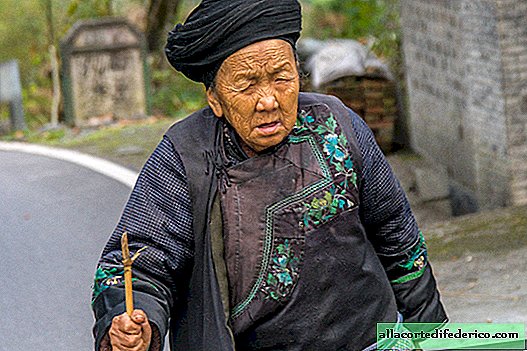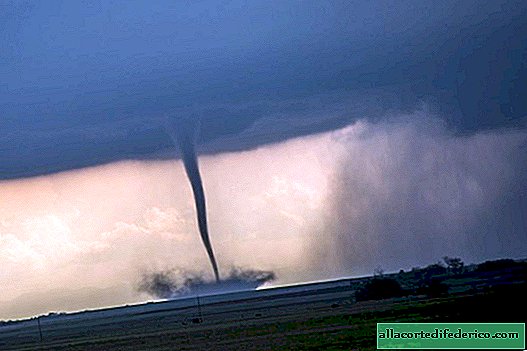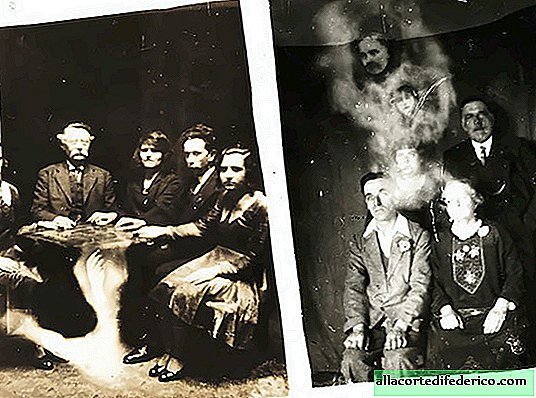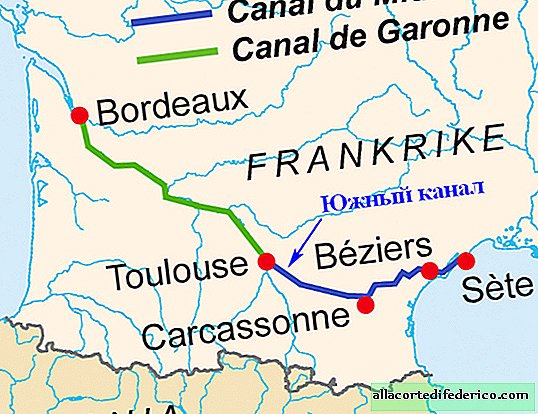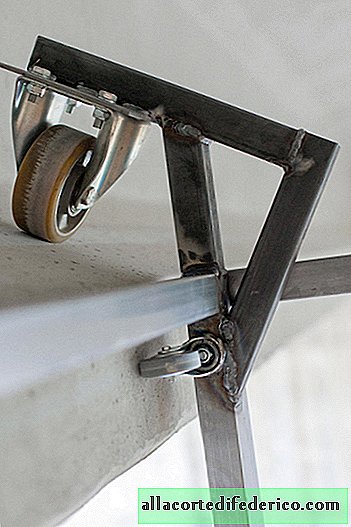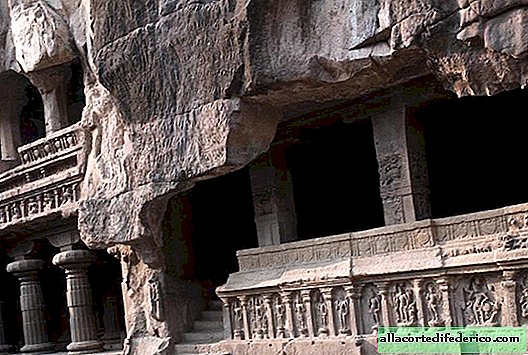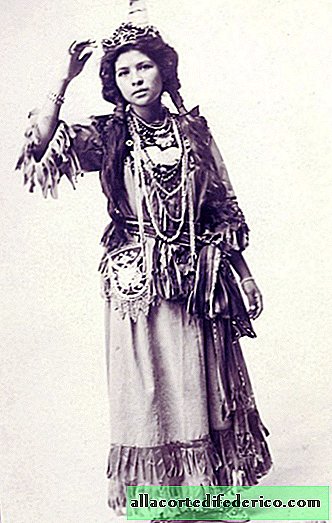Henry Ford's Gamble and British Smugglers: The World in the Times of Rubber Fever
It was like a gold rush, only in the role of gold was the "magic" tropical tree. Plantations of these trees promised their owners a millionth profit, and smugglers hunted for their seeds. Industrialists and bankers bought up hectares of tropical land in order to plant trees, and even the famous Henry Ford took part in this adventure. But the cities in the jungle were abandoned as quickly as they were built, because any gold rush ends sooner or later.
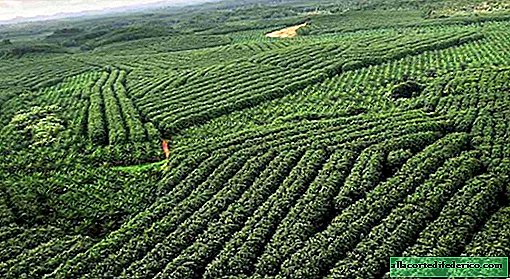
The rubber tree, or Brazilian Hevea, was known even to the Indians of pre-Columbian America. They were familiar with the elastic properties of her milky juice and used it to make balls and shoes. Since it did not represent any industrial interest for the Indians, no one cultivated it, and the trees growing in the jungle were quite enough.
 Hevea Brazilian
Hevea BrazilianA completely different situation developed after Europeans and Americans found out about the incredible properties of the juice of this tree. After the American Charles Goodyear invented rubber from rubber tree sap, rubber fever began in Latin America. At the end of the XIX century, Brazil became the owner of huge plantations, bringing huge profits. In impenetrable wild jungles, roads, working villages and even whole luxurious cities, such as the Brazilian Manaus, began to appear. Established plantations began to generate income, and Brazil had a major competitor in the world market - the British Empire. Hevea seeds and seedlings were forbidden to be taken out of the country on pain of death, but even this did not save Brazil from the treacherous British.
 The city of Manaus gained worldwide fame in the era of rubber fever
The city of Manaus gained worldwide fame in the era of rubber feverOf course, tropical rubber trees could not grow in rainy and cool England. But here in the British colonies, which at the end of the XIX century there were a great many, enterprising British expected to get a good profit. The British were not stopped by laws and prohibitions: they smuggled several tens of thousands of seeds of Brazilian hevea and planted them in their colonies in tropical Southeast Asia. Soon, the plantations of the gold tree could be found in Sri Lanka, in Malaysia, on the island of Java and in many other regions.

Henry Ford, the famous American car manufacturer, even took part in this rubber fever. Natural rubber is hardly used today for the manufacture of rubber tires, and at the dawn of the automotive industry it was vital. In the 1930s, Henry Ford bought large areas in the Amazon Selva in order to establish hevea plantations. But this tree in South America was affected by diseases caused by local fungi. But in Asia at that time, such problems were avoided, so Ford didn’t do very well, and it turned out to be more profitable to buy Asian rubber.

Natural rubber was indispensable during the Second World War. But gradually his role became not so significant, as mankind found him a cheaper replacement. Synthetic rubber was obtained, which was produced from oil. But it is natural rubber for its unique elastic and durable properties that is still highly valued in the tire industry. Today it is used for the manufacture of large tires, as well as for high-quality car tires. In addition to tire production, natural rubber is used in medicine and in some industries. Therefore, in the tropical regions, Brazilian hevea continues to be grown, and plantations of this tree can be found in Africa, South and Central America, as well as in Southeast Asia.



